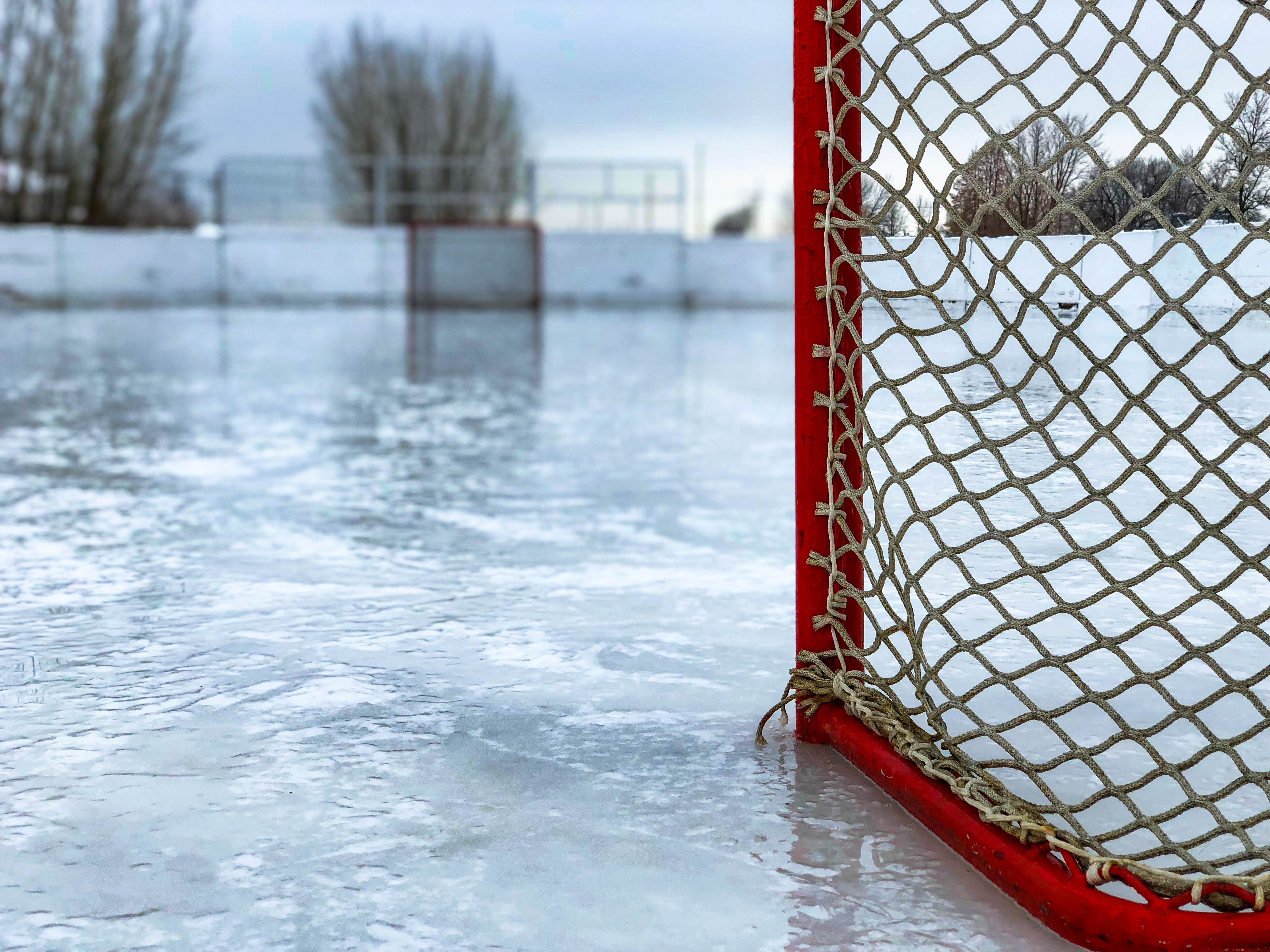
Bauer Hockey Ltd v Sport Maska (CCM Hockey) (2020 FC 624)
The Supreme Court of Canada previously held that patent prosecution history is inadmissible in court proceedings. However, in December 2018, s. 53.1 of the Canadian Patent Act was enacted, allowing a defendant to refer to the prosecution history when rebutting a representation made by a patentee as to the construction of a claim in the patent. [para 63] Now, after a long-stretched patent battle between two well-known skate manufacturers, the Federal Court of Canada (“FC”) has offered guidance as to the extent to which prosecution history may be admitted as evidence. The Court clarified that so long as the matter involves claims construction, whereby courts are tasked with construing the meaning of a patent claim, prosecution history is admissible.
Background
Traditionally, the boot of a hockey skate was comprised of two components called “quarters” that cover each side of the foot (Fig. 1). Bauer’s Patent No. 2 214 748 (“the ‘748 Patent”), joined the two pieces together at the back of the foot, which significantly reduced the weight of the skates (Fig. 2). [paras 19-24]

Bauer’s competitor, CCM, eventually began producing skates with a one-piece quarter and in 2012, Bauer commenced a patent infringement proceeding, alleging CCM’s skates infringed on the ‘748 Patent. In response, CCM asserted a counterclaim, seeking a declaration of invalidity for the ‘748 Patent. [paras 22, 24] Ultimately, the central issues that determined the outcome of the case were claims construction and patent validity.
The Admissibility of Prosecution History in Claims Construction
In order to try and capture CCM’s skates, Bauer advanced a broad interpretation of the ‘748 Patent, which led to an examination of the patent prosecution history. Patent prosecution history refers to communications made by the patentee to the Patent Office. Often, the Patent Office will reject claims in an application and in order to rectify any errors, the patentee will redraft the claims or make representations as to their scope relative to the prior art. [para 63]
The Court observed that when construing a patent, the modern method of legal interpretation rejects the “plain meaning rule” and should instead focus on finding clues about the meaning of a legal writing and the claims construction as a whole. [paras 55-58] The FC ultimately held that in order to meet this modern interpretive style that requires consideration of not only the disclosure and claims, but also the reason for deliberate amendments, prosecution history shall be admissible in matters of claims construction. [para 64-65] Additionally, because claims construction involves the patentee making representations that the defendant will always attempt to rebut, there is no need to identify a certain representation or rebuttal every time a reference is made to the prosecution history. As Justice Grammond observed “it is simply integrated in the interpretive process.” [para 65]
Ultimately, the court ruled that Bauer’s broad interpretation as to the construction of the ‘748 Patent was inconsistent with the patent prosecution history and the wording of the claims. Specifically, the Court held that the initial patent application included claims that were rejected for being obvious. In order to overcome the objection, Bauer added limitations to the claim and was granted the patent. [para 104] However, the Court stated that the purpose of s. 53.1 was to avoid mischief and prevent a patentee from attempting to retroactively widen the scope of the claim, beyond what the Patent Office granted. [para 64]
Invalidity on the Ground of Obvioiusness
CCM objected to the validity of the ‘748 Patent on the ground of obviousness. In order to assess the objection, the Court reviewed the difference between the inventive concept and the prior art. The Court held that Bauer’s invention of joining the two pieces together was a simple pattern-making technique that would have been obvious to a skilled person. [para 154]
Bauer raised the Beloit question and asked why no one had invented it before if the patent was so obvious. [para 146] The FC rejected the argument and noted that the answer was likely due to economic considerations and the way the skate material was cut. [para 162] The Court confirmed that obviousness is linked to technical feasibility and not economic or commercial circumstance. [para 165] The Court dismissed the action and allowed CCM’s counterclaim, rendering Bauer’s patent invalid. [para 197]
Discussion
With the enactment of s. 53.1 and Bauer confirming the admissibility of prosecution history, patent applicants should refrain from making statements or representations in the course of applications that they would not want used against them in subsequent litigation. Further, parties should note that while s. 53.1 now allows for the admission of prosecution history, the FC distinguished this from the United States prosecution history estoppel. In the United States, a patentee can be precluded from asserting a position in court that conflicts with representations given to the Patent Office. In Canada, however, s. 53.1 makes prosecution history squarely a matter of claims construction. [para 65]
For more information on the trademark oppositions or to obtain IP protection for your assets, please contact a professional at PCK Intellectual Property.
PCK IP is one of North America’s leading full-service intellectual property firms with offices in Canada and the United States. The firm represents large multinational companies, scaling mid-size companies, and funded innovative start-up entities. PCK IP professionals include seasoned patent and trademark agents, engineers, scientists, biochemists and IP lawyers having experience across a broad range of industries and technologies. Contact us today.
The contents of this article are provided for general information purposes only and do not constitute legal or other professional advice of any kind.